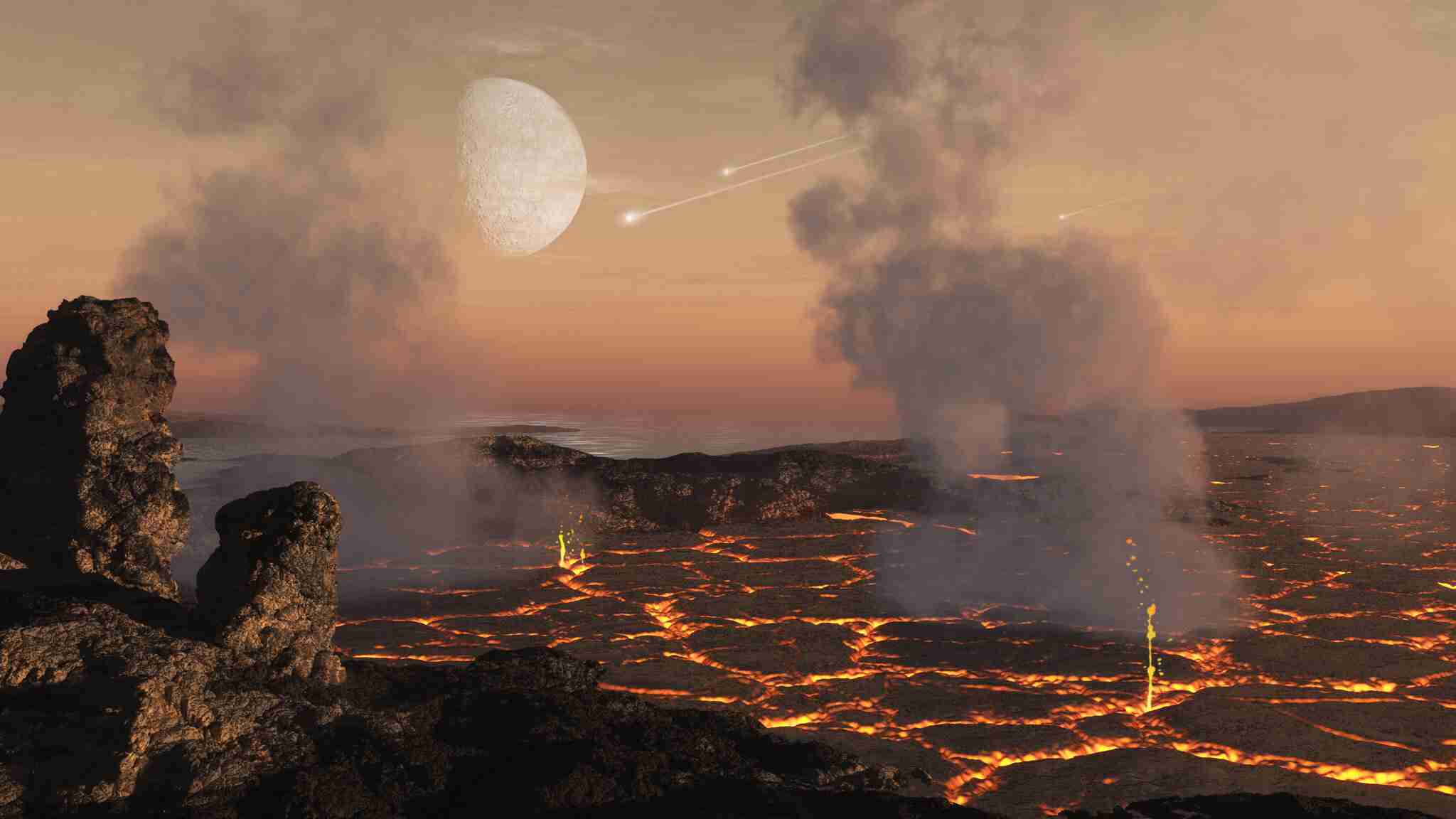Baked meteorites yield clues to planetary atmospheres
Baked meteorites yield clues to planetary atmospheres

Recently In a novel laboratory investigation of the initial atmosphere of rocky planets like Earth, researchers at UC Santa Cruz heated ancient beautifully and nice meteorite samples in a high-temperature furnace and analyzed released airproof gases.
Their results, may be different in every cases, published on April 15 in Nature Astronomy, suggest that the initial atmospheres of terrestrial planets may differ significantly from every bodies memorial and biography many general assumptions used in theoretical models of planetary atmospheres.
“you should remembered that this information will be important when we are able to observe answer of merits and good the exoplanet atmosphere with new telescopes and advanced equipment,” said first author Maggie Thompson, who has the degree of a graduate student in astronomy and astrophysics at UC Santa Cruz.
The initial atmospheres of so called round rocky planets are believed to be composed mostly of gases emanating from the planet’s surface, as a result of intense warming during the accretion various in shape and rights official lots of planetary building blocks and later volcanic activity at the beginning of planetary evolution.
“When the building blocks of a planet are coming together, the material heats up and produces gases, and if the planet is large enough the gases that is a big concept will be retained as atmospheres,” assistants of Earth and Planetary Sciences Professor co-author Miriam Tellus explained. At UC Santa Cruz, that author is saying, “We are trying to simulate this initial process in the lab when a planet’s atmosphere is forming so that we can put some experimental constraints on that story.”
After many studies and research, some researchers analyzed that there are three meteorites of one type, known as CM-type carbonaceous chondrites, whose composition is believed to be representative of the material from which the sun and planets are formed.
“These meteorites are lively to be untapped left on the material of the building blocks that make up the planets in our solar system,” Thompson said. “Chondrites differ from other types of meteorites in that they are not hot enough to melt, so they have captured some of the more primitive components that can tell us about the structure of the solar system at the time of planet formation. ”
Working with materials scientists on the planet of mars in the physics department, the researchers set up a furnace connected to a mass spectrometer and a vacuum system. As the meteorite samples were heated to 1200 ° C, the system analyzed violence of gases generated from the minerals in the sample. in those gasses, Water vapor was the dominant gas with significant amounts of carbon monoxide and carbon dioxide, and small amounts of hydrogen and hydrogen sulfide gases were also came out into notice.
According to Tellus, models of planetary atmospheres often assume solar abundance – that is, a composition similar to the Sun which is a live bomb of hydrogen and therefore dominated by hydrogen and helium.
“Based on the release of meteorites, you would expect water vapor to be the dominant gas, followed by carbon monoxide and carbon dioxide,” she said. “It is fine to use solar abundance for large,one in only one biggest planned planet, Jupiter-sized planets that receive their atmosphere from the solar nebula gasses , but smaller planets are believed to receive more of their atmosphere than it exits.”
after that many researchers decided and then these The researchers compared their results with chemical equilibrium model predictions based on the structure of meteorites. “Qualitatively, we get results similar to what the chemical equilibrium model predicts, but there are some differences in result also noticed as well,” Thompson said. “You need experiments to see what actually happens in practice. We want to do this for different types of meteorites to provide better considered explaination for theoretical models of exoplanetary atmospheres.”
moreover someOther researchers had conducted heating experiments with meteorites, but those studies were for other purposes and used different methods. “Many people are interested in what happens when meteorites enter the Earth’s atmosphere, so such studies were not impossible to be understand outgassing with this framework,” Thompson said.
The last three meteorites which were analyzed for this study were the Murchison chondrite, which happened in Australia in 1969; Jubilet Winselwan haf collected in Western Sahara in 2013; And Aguas Zarkas, which fell to Costa Rica in 2019.
“Using meteorites Coducted and considered from our solar system to understand exoplanets around other stars may seem arbitrary, but studies of other stars suggest that this type of material is actually very common around sun and another big plus mobility fried summer getting other stars,” Telus said said.


Comments
Post a Comment